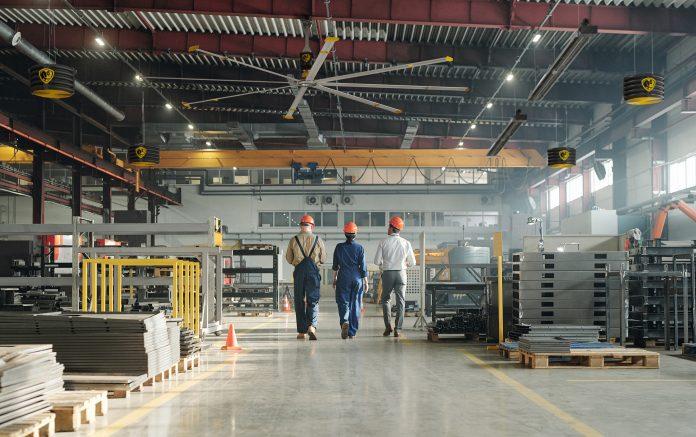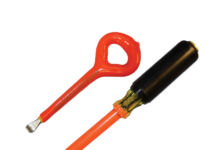When it comes to optimizing indoor environments in manufacturing facilities and storage warehouses, one often overlooked yet incredibly effective strategy is air destratification. Air destratification is a simple but powerful tool for reducing energy costs, improving building performance, and boosting workforce comfort, safety, and productivity. By addressing temperature stratification, businesses can create healthier, more efficient, and more pleasant indoor environments that benefit their bottom lines and workforces. In a world where sustainability and workforce well-being are becoming increasingly important, air destratification stands as an invisible ally, helping to create better work spaces for all. This article explores the concept of air destratification and investigates its impact on several important aspects, including energy costs, building performance, storage resilience, and workforce comfort.
DESTRATIFICATION DEFINED
Stratification occurs when warm air rises to the ceiling in an enclosed space and forms uneven temperature layers, or strata, in the space below. This causes thermostats located at the ground level and HVAC units to over-deliver warm air in order to maintain a desired temperature at the floor level, which creates a vicious cycle of inefficient and ineffective heating.
Destratification occurs when a powerful, purpose-built destratification solution gently forces this warm air downward, consistently circulating and mixing the air to more evenly distribute it; and to create a more uniform temperature from ceiling to floor and wall to wall.
Source: https://bigassfans.com/heat-destratification/
REDUCED ENERGY COSTS
Give your HVAC the break it’s been begging for.
One of the most significant benefits of air destratification is its impact on energy consumption. In most buildings with tall ceilings, warm air naturally accumulates near the ceiling, while cool air stays near the floor. This temperature stratification makes heating a space more challenging as thermostats typically measure air temperature at the ground level. As a result, heating systems work harder and consume more energy to maintain comfortable temperatures throughout the space.
Air destratification systems disrupt this stratification by gently mixing air layers and promoting more uniform temperatures from ceiling to floor and wall to wall. Consequently, HVAC systems run more efficiently and energy costs decrease by as much as 30%. These savings translate into reduced operational expenses and a shorter payback period for the installation of a destratification system.
JOURNAL ARTICLE
Impact Of HVLS Fans On Airplane Hangar Air Destratificaiton | ASHRAE JOURNAL | April 20, 2020
In this study, the authors attempted to quantify the effects of destratification on energy cost and consumption from use of an HVLS fan in an airport hangar. Why HVLS fans? Because at lower speeds, large diameter HVLS fans can effectively mix warm air at the ceiling with cooler air at the floor without creating perceived cooling across occupants’ skin.
With temperature loggers placed on the back wall of the facility at 5, 15, and 35 feet above the floor and single gas heaters installed in all four corners of the building, the authors evaluated several parameters with the fan on and off, including average temperature gradient from floor to ceiling, time to destratification (when the fan was turned on) and stratification (when the fan was turned off), and normalized gas consumption (and extrapolated cost).
Average Temperature Gradient from Floor to Ceiling
During the first week of the study, when the HVLS fan was not in use, the average recorded temperature gradient from floor to ceiling was 6° F (3.3° C). The following week, while the fan was in use, an average floor-to-ceiling temperature difference of 0.7° F (0.4° C) was observed. The highest recorded temperature gradient was over 8° F. The HVLS fan effectively mixed the stratified air to produce more uniform temperature conditions despite the size of the hangar.
Time To Destratification and Stratification
When the fan was turned on, it reduced stratification and achieved near-uniform temperature conditions within 10 minutes of operation. Once the fan was turned off, stratification of the air started to reappear in as little as 15 minutes, which indicates that continuous or nearly continuous operation of the fan may be required to minimize heat loss through the envelope.
Normalized Gas Consumption
The HVLS fan also reduced the normalized gas use by 29%, which consequently translated to significantly lower winter heating costs.
Conclusion
Using HVLS fans in airplane hangars is an energy-efficient method of creating a more uniform thermal environment due to the fan’s low power requirements and high potential for utility savings in the cold weather season.
Source: https://bigassfans.com/wp-content/uploads/2020/04/26-33_Taber-1.pdf










































